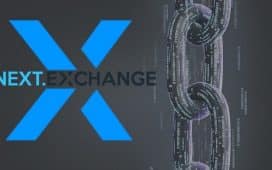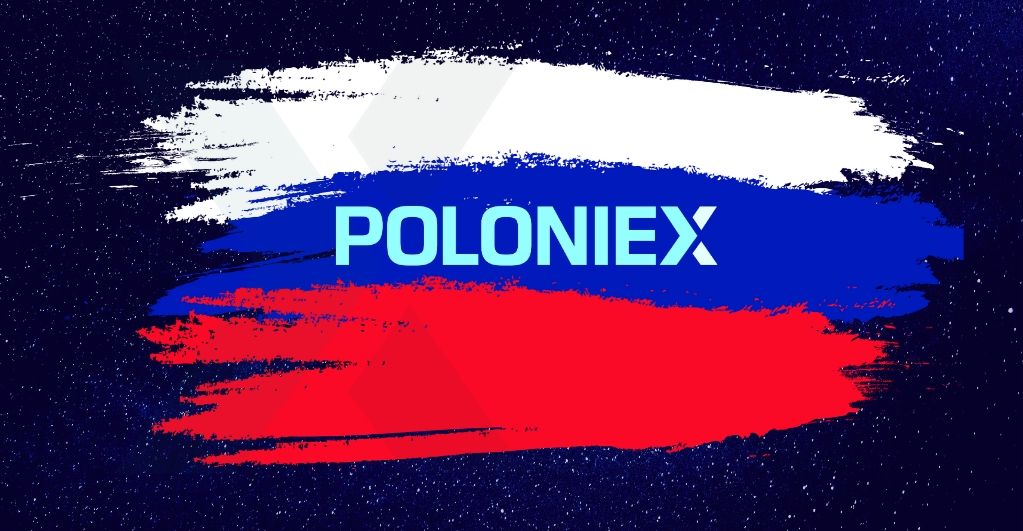Whenever it comes to cryptocurrency transactions, people are always doubtful, and the questions about the authenticity of the transactions along with the allegation of money-laundering are raised.
A Wall Street Journal investigation report was published recently in which it is claimed that the cryptocurrency conversion platform named ShapeShift had supported and conducted money laundering activities worth at least $9 million over several years.
On this claim made by the WSJ, one blockchain analytics firm named CipherBlade has responded (on the request of ShapeShift) that the 2018 report published by the WSJ has found below than $3 million in transactions which were using potentially stained funds.
CipherBlade said,
“Of the ShapeShift addresses which receive ETH within three hops from the initial dirty addresses, less than half of the ETH traded through them are tainted. Using the most generous assumptions, this is still only 23.53 percent of the WSJ’s claimed $9 million.”
When the WSJ was reached to ask about the investigative process, its spokesperson said,
“An analysis looking at individual tainted Ethereum coins, rather than tainted wallets, would be a different project than what the Journal embarked on, and one we can’t comment on because we have not reviewed it.”
The CEO of Coinfirm said that one could not make an exact accurate claim in this matter and there is no clear and specific answer to the exact amount which was laundered through the platform. We can not forget the fact that till October 2018, ShapeShift was not performing KYC identity check-p drill. He said that if one does not know the authentic user/client who has transacted the money, you can not do anything. This is precisely why KYC is extremely important.
He also added that one must not forget that the truth is always in the grey area.
Coinfirm issued its own report which was dedicated to the risks associated with crypto platforms. In this report, ShapeShift was under the “high risk” category in terms of its anti-money laundering structure and compliance with the rules and regulations. This was because the ShapeShift was not following the KYC procedure, as we saw above.






